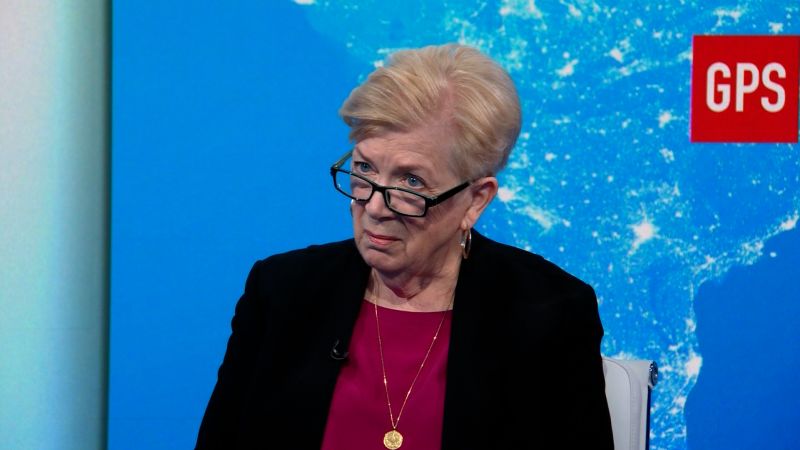Instacart, the grocery delivery business that boomed during the pandemic, took a step on Friday toward an initial public offering that will be a test of Wall Street’s appetite for tech start-ups after a yearlong industry slump.
In an offering prospectus that gave the first public look at its financials on Friday, Instacart revealed that unlike other gig economy companies, it has managed to turn a profit. But growth of its core grocery delivery business is slowing.
If it is successful, Instacart’s public offering could clear a path for many more from tech start-ups. At least 1,400 private tech companies worth $1 billion or more have been waiting for a more favorable I.P.O. market, said Brianne Lynch, head of market insights at EquityZen, an online marketplace for private stock.
Just 100 companies with market valuations over $50 million went public in the United States last year, compared with 397 in 2021, according to Renaissance Capital, which tracks listings. New public listings have also been scant this year, though Arm, a chip maker owned by SoftBank, also filed an offering prospectus on Monday.
“Instacart and Arm are going to be ones that other tech companies eagerly watch because there is this pent-up demand to go public,” Ms. Lynch said.
Instacart rode the tech industry’s boom and slumped with the rest of the industry when the sugar rush of online pandemic activity faded. The company laid off workers last year and slashed its $39 billion valuation — first to $24 billion and then to about $10 billion — as it struggled to adjust.
Instacart is the straggler among high-profile gig economy companies like Uber, Lyft and DoorDash that have gone public in recent years despite being a long way from profitable — though Uber is inching closer.
Instacart made $428 million in profit in 2022, compared with a $73 million loss the year prior, according to the prospectus. It said $358 million of that came from what it described as a tax benefit. Grocery orders in 2022 grew 18 percent from 2021, but orders in the first half of this year were flat compared to the same period last year, the company said.
Instacart has shifted its business away from reliance on low-margin delivery services to higher-margin online advertising. That change has helped the company’s bottom line. The company sold $572 million worth of ads last year, making up nearly a third of Instacart’s overall revenue.
The company began building its ads business in 2019, allowing brands to pay for product placement inside the Instacart app to pitch grocery items to customers while they are shopping. Last year, it also started selling software to the grocery retailers it works with.
Brittain Ladd, a consultant for the grocery industry, said Instacart was smart to diversify into advertising, but he was skeptical of how much more room there was to expand its grocery delivery business.
“They’re not facing a future of significant growth in their core business,” Mr. Ladd said.
Instacart was founded in San Francisco in 2012 by Apoorva Mehta, Max Mullen and Brandon Leonardo. Mr. Mehta, the company’s chief executive at the time, raised $2.7 billion in funding for the company from top Silicon Valley investors including Sequoia Capital, Andreessen Horowitz and Kleiner Perkins.
As it has grown, expanding into thousands of cities across North America, Instacart has faced increasing competition from rivals like DoorDash, Gopuff and Amazon. Gig companies’ reliance on independent contractors, who are responsible for their own expenses and do not earn a minimum wage or have health insurance like employees do, has also led to fierce conflict with labor activists who contend that gig drivers and shoppers are exploited and underpaid.
When Instacart’s growth began to slow in 2021, Mr. Mehta approached Instacart’s competitors, Uber and DoorDash, about selling his company to them or striking a partnership, The New York Times previously reported. He stepped down from his role as chief executive after a series of tense discussions between himself and the company’s board of directors. Fidji Simo, a rising star at Facebook who led the social network’s video division, took the top job as chief executive.
In its offering prospectus, Instacart lists risk factors including its history of losses, its dependence on relationships with retailers, stiff competition from nine different companies and the newness of its advertising business. It also said it had a new investor: Pepsi.
The company’s largest shareholders include Sequoia Capital and D1 Capital, according to the prospectus.
Instacart plans to list its shares on the Nasdaq stock exchange under the symbol “CART.”







More News
Xiaomi’s Shape-Shifting Watch S3 Is a Solid Budget Smartwatch
Sony’s Upgraded Earbud-Like Hearing Aids Offer Good Sound and Streaming Quality
As Elon Musk Abandons the $25K Tesla, This EV Costs Just $4,400